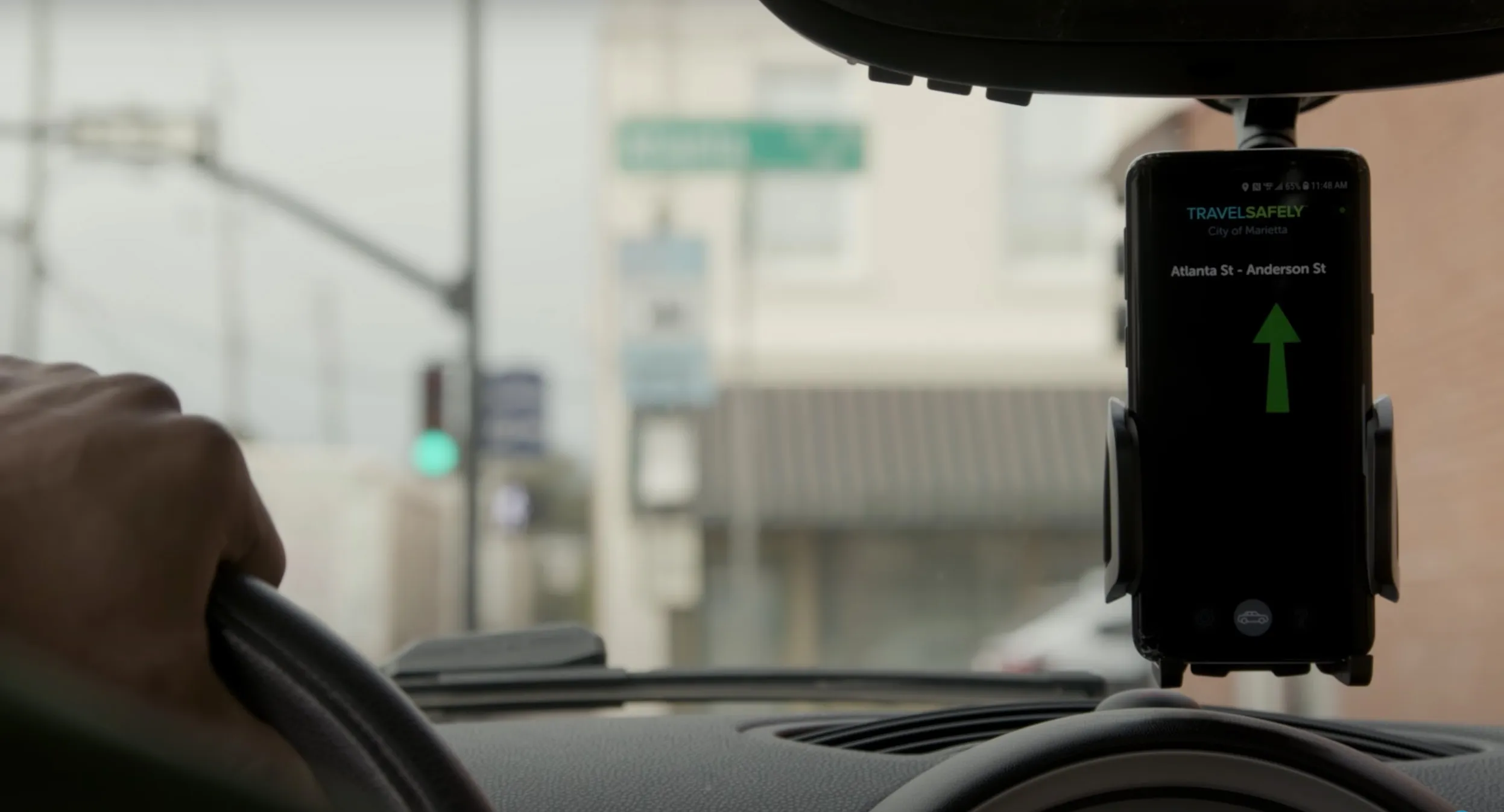
Applied Information has been granted a patent covering aspects of an app which it says can help prevent crashes and improve safety in school zones.
The patent – authorised by the US Patent and Trademark Office – allows smartphones with the TravelSafely app and other in-vehicle computers to communicate with traffic control devices to deliver information and safety messages such as speeding in active school zones.
Applied says the patent also enables communication of safety messages between smartphones with the app, enabling pedestrians and cyclists to be warned of a potentially dangerous encounter with a vehicle.
Additionally, the patent covers the ability to determine what lane a vehicle occupies and how that relates to the traffic signal's phase. This includes knowing if the vehicle is in a turning lane and providing a ‘Get Ready for Green’ message for that lane.
The app calculates the trajectory and velocity of the vehicle in relation to the traffic signal to warn of potential red light running.
Applied president Bryan Mulligan says: “With almost 300 million smartphones in use in the US today, the TravelSafely smartphone app is a quick and efficient way to bring the safety benefits of connected vehicle technology to motorists and vulnerable road users today. As more cars come equipped with cellular service the opportunity to improve safety on the roadways becomes even greater.”
The US Patent 11,069,234 is entitled Systems, Methods, and Devices for Communication Between Traffic Controller Systems and Mobile Transmitters and Receivers.










